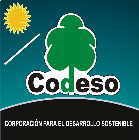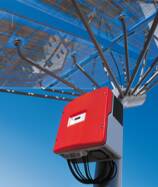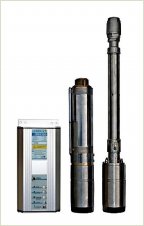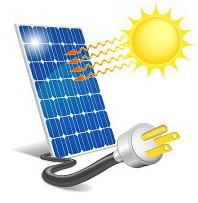How does solar energy work?
How solar photovoltaic electrification works?
How solar photovoltaic electrification works?
CC
Systems with alternating current AC
"Solar pump" recharging station for EV electric vehicles at a traditional gas station in Germany
Systems with alternating current AC
AC alternating current systems with panels and inverter connected to the public electricity grid. This is a very profitable system to lower the costs of the monthly electric payroll.
AC alternating current systems with panels and inverter connected to the public electricity grid.
This type of solar system has only two components: the photovoltaic panels as generators, and the grid connection inverter.
Use of network systems:
- Sale or exchange of energy, reducing costs:
- Own generation of electricity to reduce the monthly cost of the electricity bill.
- Own generation to switch to a cheaper electricity rate or plan.
- Guarantee a better quality of electrical energy with own generation.
- Finally for ecological and economic reasons.
Solar systems connected to the network are ideal when there is energy consumption during the day with air conditioning, water pumps, freezing or refrigeration systems, use of motors, etc. How do they exchange the excess generated energy with the public network electricity, consumption during the night is not problematic either.
Consumption in many offices is also during the day with: lighting, computers, printers, etc. During the night or when the sunshine is low, the missing energy is received from the public power grid. The energy produced and sold on the weekend is exchanged.
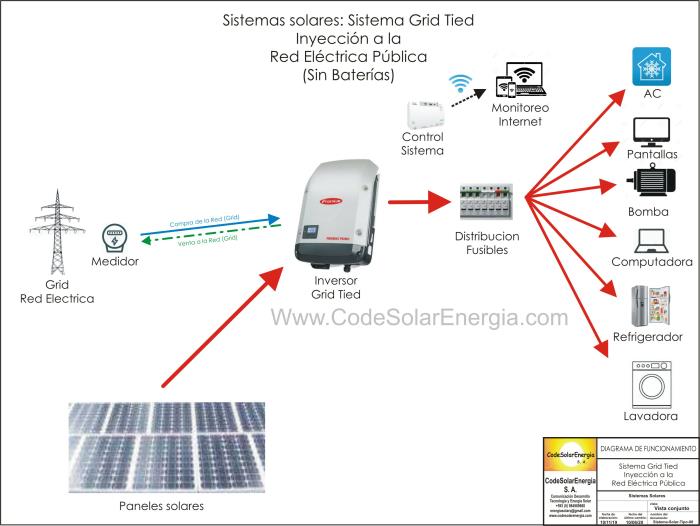
Normal voltage consumers
(110 Volts alternating current, the same voltage as the public light)
Equipment that can be connected through an APS Inverter (from 12 V to 110 V) to a solar system:
normal fluorescent lamp
Radio recorder
color television
normal refrigerator
regular blender
regular fan
regular water pump
Computers
medical equipment etc.
Battery and battery charger
Advantages of 110 Volt consumers:
normal equipment can be purchased
110-volt kits are a bit cheaper than 12-volt kits and can be purchased at any store or store.
Possibility of normal connection
Disadvantages:
It is necessary to acquire the APS Inverter (plus costs).
The APS equipment is an electronic inverter, which mainly transforms the voltage from 12 volts direct to a voltage of 110 volts alternating (such as public lighting).
Systems with accumulators and with inverter (alternating current)
Components:
Photovoltaic solar panel (generator)
Regulator (battery protector against deep discharge and overload)
Battery or accumulator (energy reserve, to consume it for example at night)
Inverter (transforms the direct current to alternating current of 110 volts)
Fuse, switch and fluorescent lamp (concumo installation)
Systems with alternating current AC with batteries
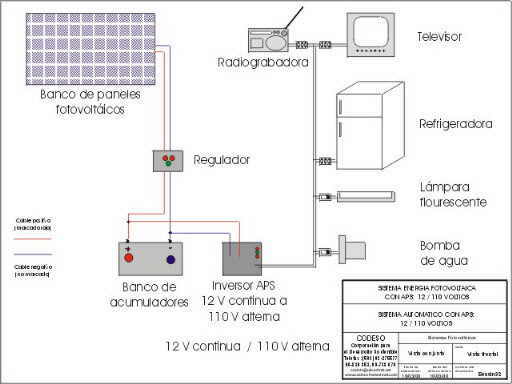
Photovoltaic systems with alternating current AC with batteries and with inverter
Solar electric systems independent and GRID injection (electrical network). Backup and protection of medical and computer equipment, radio communication, electric fences, cogeneration together with electro-thermal generators, air conditioning, etc.
Photovoltaic water pump systems that do not require batteries so the return on investment is very fast. These systems work fully automatic.
